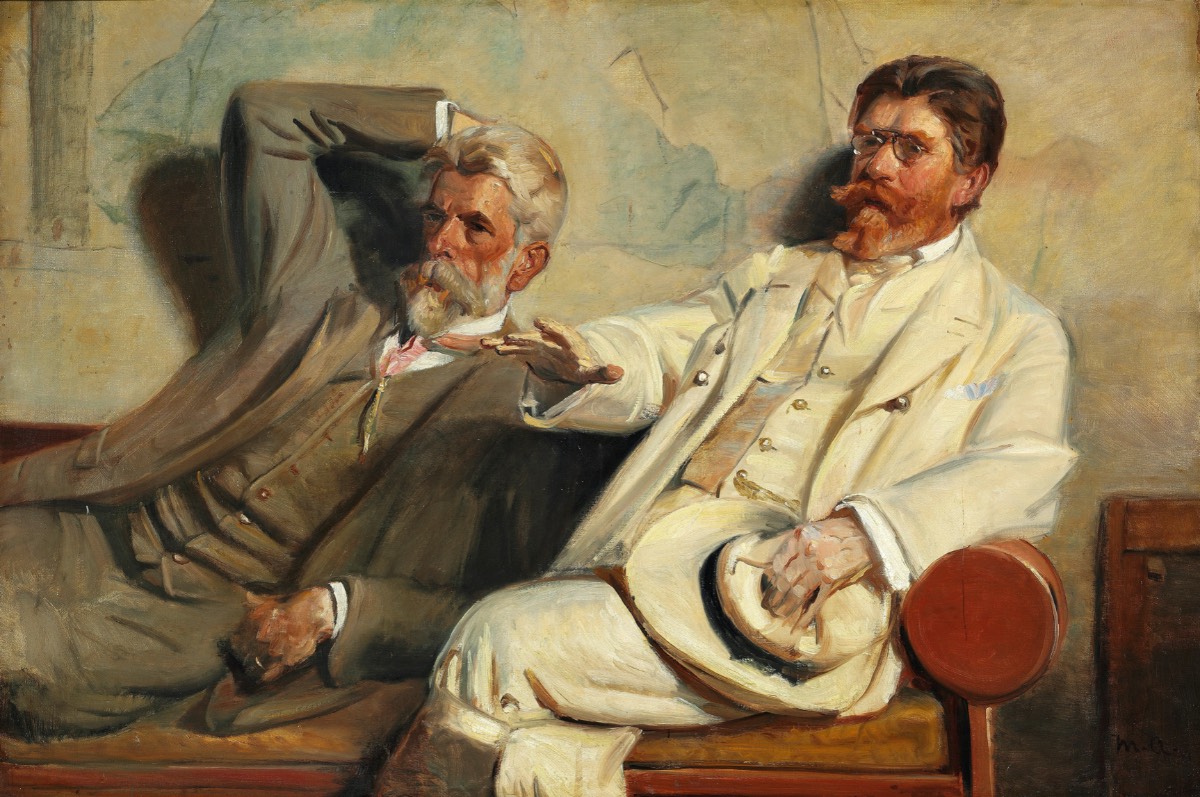By Daniel Grant
Years ago, I worked as an art critic for several daily newspapers. When I met artists at exhibitions, they often asked me what I was going to say about their work, giving me looks that were at once pleading and hostile. To this day, the belief remains among many artists that critics wield some grand power to make or break careers. But my experience has taught me something quite different.

On the occasions that I would visit a New York City art gallery, I’d find a binder or two at the front desk that included prices for individual pieces as well as a number of write-ups from various publications. My expectation was that these would be glowing reviews of past or current exhibits, and sometimes they were. Frequently, however, the write-ups were simple announcements of what was going to be on display and the hours of the gallery. In some instances, there were reviews that could only be described as lukewarm or even negative. Why would a gallery owner display a New York Times review that panned what visitors were looking at?
That gallery owner knew something important, if possibly cynical: What mattered to most, if not all, gallery visitors who looked through that binder was not the endorsements of these or other artworks but a sense that the artist had risen to the point where he or she was written about. In the end, most visitors didn’t spend all that much time reading the material anyway.
This isn’t to say that art critics have no purpose or value, but one might think of them as you do the travel guide writer Rick Steves, who lets people know about interesting things to do and see around the world. All critics, and certainly art critics, are promoting certain destinations, giving a heads-up to what one might expect to see. Oh, honey, there is a painting exhibit at the Hazel Brown Gallery we can see before meeting mom for lunch.
This also isn’t to say that the opinions critics express in their reviews are of no value to anyone. Critics have an experienced eye, and what they write may be of help to the artists whose work they are reviewing.
A DIALOGUE
Even though it stings, criticism that is not altogether favorable should not be rejected automatically. Reviews and commentary are part of an ongoing discussion about art that, by its publication, permits the public to contemplate and take part in that dialogue. Criticism is never the measure of an artist or his or her work, only an interpretation that may be convincing or not to a segment of the readership. It is important that artists endeavor to understand why criticism is negative in order to evaluate and put into context these critical responses. After graduating art school or taking one’s last art class, there are no regular critiques for artists where instructors and other students will offer their comments. Outside of academia, artists may show their unpublished work to fellow artists (friends), relatives, and spouses, who are apt to be supportive rather than critical. Art critics may be the only voice not part of an artist’s inner circle whom he or she will hear. Perhaps a critic will not understand what he or she is seeing, which could mean that the reviewer is dimwitted or that the art isn’t as clear in its intent as the artist wanted. Perhaps a critic finds the work displeasing, which might indicate that the reviewer is hard to please or has no interest in a particular realm of art, or that the artwork itself could use some improvement. …

Artists need to remember that, once their work leaves the studio for display, it no longer solely belongs to them; the art is subject to every viewer’s level of understanding and prejudices. However they may want to, artists cannot control how their work is perceived. Artists may speak about their own intentions, but they can no longer define their work for posterity. Critics are the most visible target of an artist’s sense of, and frustration with, losing control. Opinions cannot be manipulated by other opinions. In a market sense, it is the purchase of works that raises nonfunctional, possibly decorative objects into the realm of art. A critic’s say-so is no guarantee of value, for collectors vote on what is art with their money. Money focuses attention; you may not like the $5 million painting, but you will look at it longer than at a $50 picture (if only to figure out why someone would pay so much money for it) — and art’s first requirement is to get people to look at it for longer than a passing glance. Critics only enter the discussion of art after it has been exhibited at a gallery or museum, where its potential or real monetary value has been determined already.
When it was first installed, many St. Louis residents sneered at the Golden Arch, but these days, locals point to it with pride. It wasn’t because a swarm of art critics and architectural historians descended on the city to explain and defend Eero Saarinen’s creation that changed many people’s minds. They just got used to it. The clock does a better job of defending art than art critics, as time has a way of opening closed minds.
Daniel Grant is the author of The Business of Being an Artist and a regular contributor to PleinAir Magazine.







